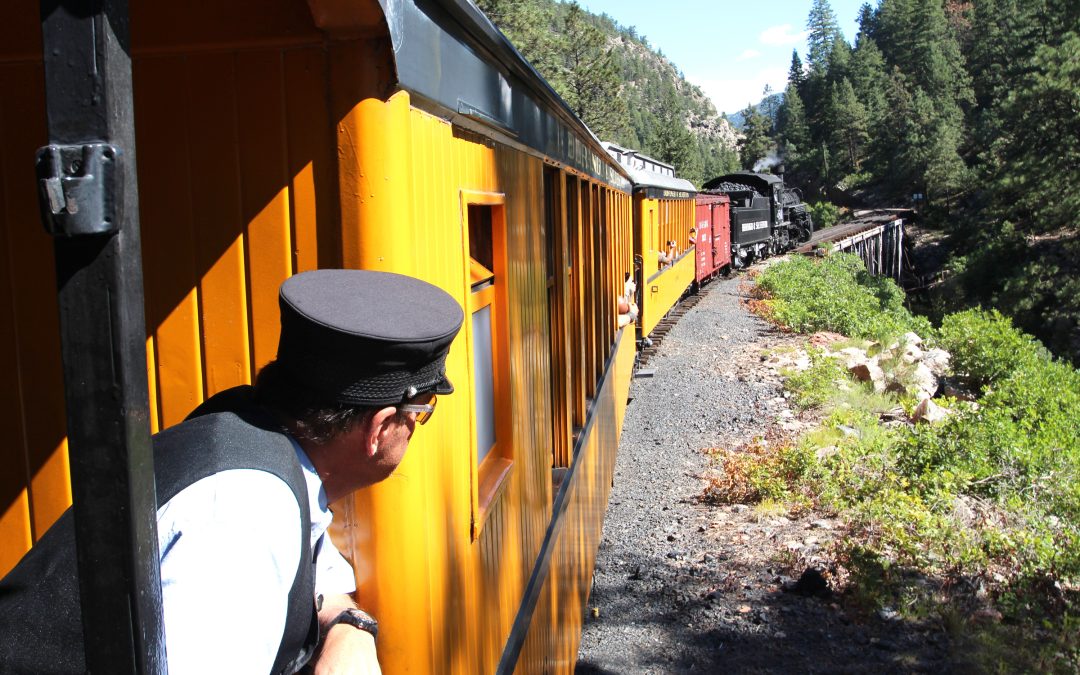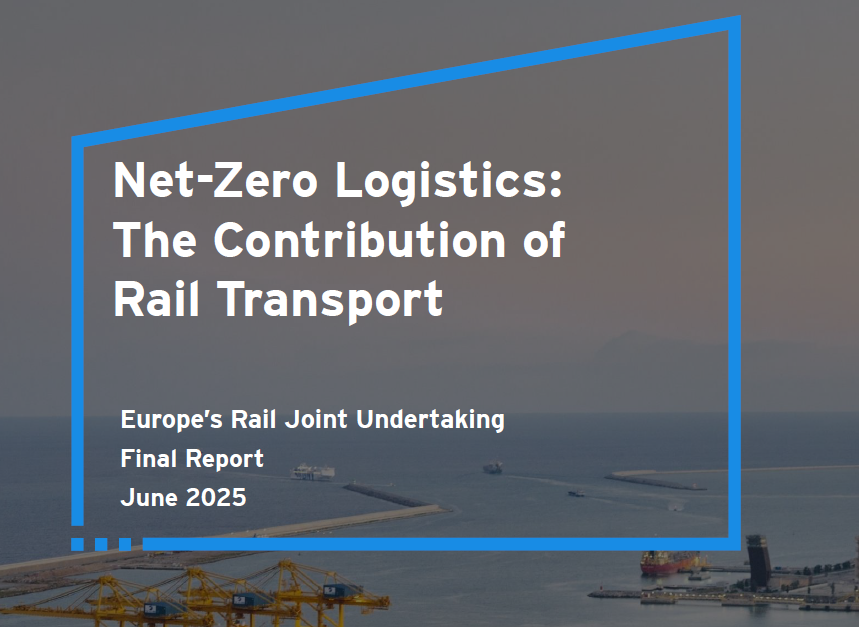Europe must take decisive steps to simplify and modernise its rail systems to strengthen competitiveness,...
At this particular moment, the railway has to reinvent itself to become the backbone of sustainable mobility. Thanks to all the possibilities digital transition offers, we can imagine new ways of designing, building, maintaining and operating railways. This is especially important for mobility companies, as data means new business models that entail higher efficiency and customer satisfaction.
Data is everywhere. For example, sensors located throughout the infrastructure will help develop predictive maintenance to prevent breakdowns and disruptions.
Data on precise location of trains in the network and their surroundings generated by sensors will support management of autonomous trains and increase lines capacity making traffic more fluid and efficient, thus reducing energy consumption.
Data will also allow us to generate a map of the entire railway network and its immediate surroundings, creating a digital twin of the physical network. This virtual image will enable the testing of innovations in real scenarios, and support future decisions on changes to improve the network.
Algorithms generated by operational research and artificial intelligence will also help operators take the right decisions.
The evolution that has taken place was clear at InnoTrans 2018. Whereas the 2016 edition was digitally oriented in communication, exhibitors at last September’s InnoTrans integrated the value from data into a broad number of products and services.
This was the case for example for the new digital brake test for freight trains developed by SNCF in collaboration with Traxens, presented at Shift2Rail’s booth. Within Shift2Rail’s Innovation Programme 3 for Infrastructure, SNCF Réseau’s subsidiary Altametris is also exploring the use of drones for railway operations, mapping rocky cliff faces surrounding rail tracks in collaboration with the Swiss CFF/SBB.
















